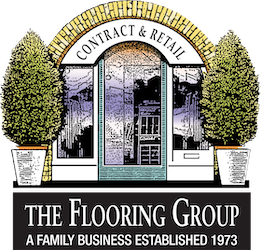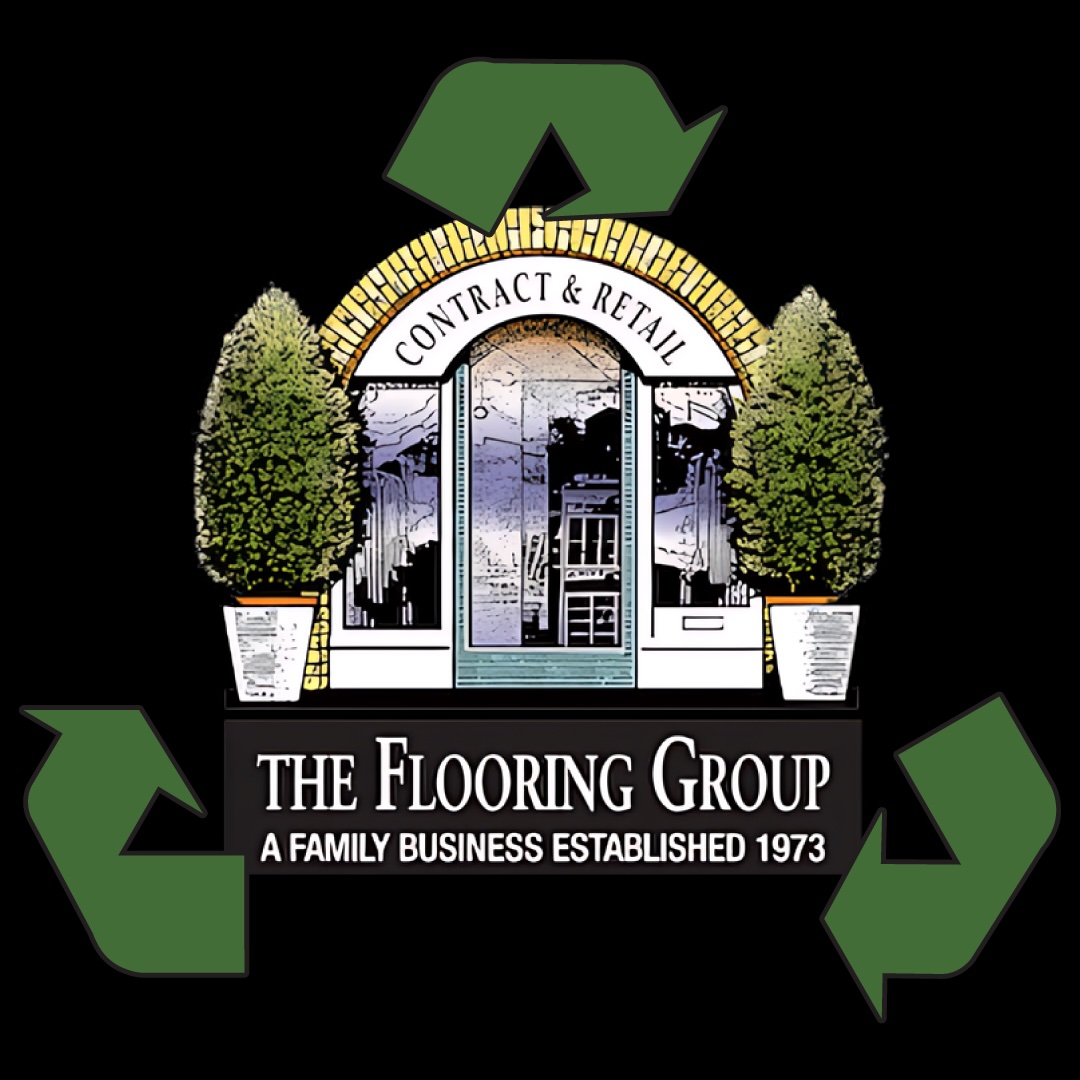Different Types of Vinyl Flooring Explained

Vinyl and linoleum (often called lino) are two of the most versatile and practical flooring options available. Both have stood the test of time, offering durability, easy maintenance, and attractive finishes to suit a wide range of interiors. But with so many different formats and styles on the market, it can be tricky to know which option is right for your home or workplace.
In this guide, we’ll walk through the main types of vinyl and lino flooring, highlighting their features, benefits, and the spaces where they work best.
Overview: Vinyl vs Lino Flooring
Although vinyl and lino often look alike, they’re made from different materials.
Vinyl flooring is a fully synthetic product, typically made from PVC. It’s highly versatile, water resistant, and comes in a wide range of designs. Linoleum, on the other hand, is made from natural ingredients such as linseed oil, cork dust, and wood flour. This gives it strong eco-credentials and a long-standing reputation for resilience.
Despite these differences, vinyl and lino share many similarities: both are hardwearing, easy to clean, and available in sheet or tile formats. Their choice often comes down to personal preference, budget, and the specific needs of the space.
Sheet Vinyl Flooring
Sheet vinyl is supplied in large, continuous rolls that can be fitted to cover an entire floor with minimal joins. Its seamless surface makes it particularly effective in kitchens, bathrooms, and utility rooms, where water resistance is essential. Sheet vinyl comes in a wide variety of finishes, including bold patterns, stone effects, and smooth, modern styles. Its affordability and straightforward installation make it a popular choice for both residential and commercial settings.
Vinyl Tiles
Vinyl tiles are a modular alternative to sheet flooring. They come in individual pieces, which can be laid in patterns or combined for a bespoke look. This flexibility makes them ideal for design-led interiors, where creativity plays a big role. One of the biggest advantages of vinyl tiles is that damaged sections can be replaced without redoing the entire floor, making them a convenient and cost-effective option in busy households or commercial environments.
Luxury Vinyl Tiles (LVT)
Luxury Vinyl Tiles, or LVT, represent the premium end of the vinyl market. Made with advanced printing and surface technology, they replicate the look and texture of natural materials such as wood, slate, or ceramic tile with impressive realism. LVT is exceptionally durable, offering resistance against scratches, dents, and wear. It provides underfoot comfort and works well with underfloor heating systems, making it a favourite in modern homes.
Types of Lino Flooring
Like vinyl, lino comes in a variety of formats to suit different applications:
Sheet Linoleum
Supplied in rolls, sheet lino delivers a smooth, continuous finish similar to sheet vinyl. It’s durable, naturally anti-bacterial, and ideal for large areas where hygiene and resilience are key.
Modular Lino Tiles
Lino tiles offer more design flexibility, allowing patterns and layouts to be customised. They also provide the benefit of being replaceable in sections if damage occurs.
Click Linoleum
Click-format lino works in a similar way to laminate or LVT click systems, making it quicker to install and creating a floating floor without adhesives. It retains all the eco-friendly qualities of traditional lino while offering modern convenience.
Across all types, lino is celebrated for its sustainability, resilience, and long lifespan, making it a strong choice for those prioritising natural materials.
Where Different Floor Types Work Best
- LVT is perfect for living rooms, hallways, and open-plan spaces, where a combination of style and durability is required.
- Sheet vinyl is best suited to kitchens, bathrooms, and wet rooms thanks to its seamless water resistance.
- Lino excels in sustainable homes and high-traffic areas such as hallways, schools, and commercial spaces, where long-term resilience is key.
Need help deciding which you prefer?
Both vinyl and lino flooring offer a wide array of styles, benefits, and formats, making them suitable for almost any room. If you need more information, The Flooring Group can provide expert advice on all things vinyl and lino. Get in touch today.
FAQs
What are the main types of vinyl flooring?
The main types include sheet vinyl, vinyl tiles, and luxury vinyl tiles (LVT). Each offers different benefits in terms of cost, appearance, and durability.
Is lino the same as vinyl?
No. Vinyl is synthetic, while lino is made from natural materials. They look similar but differ in composition and sustainability.
Which is more durable, vinyl or lino?
Both are durable, but lino is renowned for its longevity and resilience, often lasting several decades. Vinyl, particularly LVT, is also highly robust and better suited to water-prone areas.
Is vinyl or lino better for kitchens?
Vinyl – especially sheet vinyl or LVT – is generally the better choice for kitchens due to its excellent water resistance. Lino can also work well but may require more careful maintenance in wet environments.





